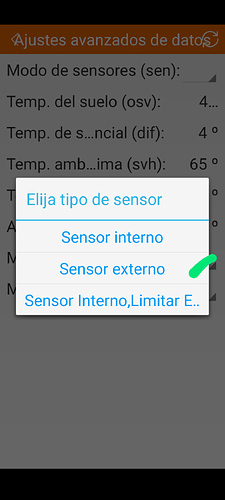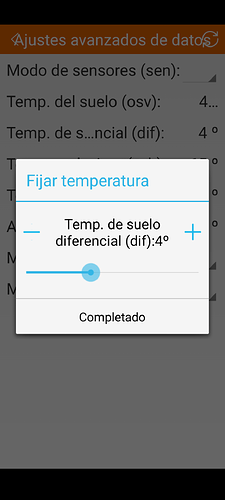I’m going to describe a procedure to control a non-smart electric water heater by installing a smart thermostat and one plug.
To maintain our appliance certification, we’ll only insert the thermostat external probe into the water tank casing or in an area where we can obtain reliable information about the water tank temperature.
We won’t be modifying the water heater’s internal electrical system. This could be done to achieve a more sophisticated integration, but we’ll lose the manufacturer’s safety certification, which could affect home insurance coverage, etc., for example.
The smart thermostat must meet certain minimum requirements:
- It must have an external temperature probe
- It must support a minimum current of 16 A. This would be sufficient for heaters from 1000 W to 2500 W, 230 V AC.
- It can be Zigbee, Zwave, Matter or Wi-Fi, depending on the level of integration we want to achieve.
Zigbee with smartthing could be worth a Beok WZ-X5HZ (16/25 A version and using the @otivax driver)
Wi-Fi. Any thermostat (Beok, Moes,…) that meets the above conditions and has an app for programming the desired water temperatures throughout the day and week. This integration is less complete in smartThings, but it’s still valid.
I don’t know of any ZWave or Matter thermostat that meets these conditions.
- The smart plug can be any, Zigbee, Zwave or Matter, that has a minimum 16A relay, with the consumption measurement we can control the energy consumption of our heater and it will also allow us to delay or prevent it from turning on with routines, depending on if there is solar surplus or we are on vacation, etc.
- If we’re interested in monitoring the heater’s consumption or performing additional control routines, then we can use the same non-smart plug we’re already using.
How to install:
- Install the thermostat near the water heater.
- Place the thermostat external probe on the water heater, where it correctly records the water temperature.
- Install the smart or non-smart plug near the thermostat and heater; do not connect to the L terminal of the plug. You can replace your current plug with a smart or non-smart plug.
- Connect the thermostat relay output to the L terminal of the smart plug or not smart.
- Set the non-smart thermostat on the water heater to a temperature higher than the maximum the smart thermostat will control, for example, 75°C, This ensures that when the plug L is connected, the heater will heat the water.. (Remember that water heaters should operate at 60°C and occasionally at 70°C, to prevent the growth of Legionella bacteria in our installation.). Remember that water heaters have a safety thermostat set at around 80°C or higher. With this installation, we will now have the smart thermostat (60°C-70°C), the non-smart thermostat (75°C), and the safety thermostat (80-85°C) connected in series, and any of them can stop the heating.
- To prevent burns, a water mixing valve can be installed at the water heater outlet to reduce the temperature of the hot water distributed throughout the home. You can also install thermostatic faucets, which perform the same function individually.
-
How does it work?:
-
When the water temperature is lower than the temperature programmed on the smart thermostat, the thermostat relay powers the plug and the heater will begin heating the water.
-
When the water temperature is higher than the temperature programmed on the smart thermostat, the thermostat relay will cut off power to the outlet and the heater will turn off.
If the integration of the thermostat in smartthings is complete, we can create routines to change the temperatures or program the thermostat daily or weekly (7 days or 5+2 days).
If you integrate Wi-Fi and use the thermostat app, you can program the manufacturer thermostat daily or weekly (7 days or 5+2 days) with different temperatures. This is sufficient to save energy and ensure satisfactory use.
This thermostat temperature schedule is stored in flash memory and will run locally in thermostat even if there is no internet connection, regardless of whether the thermostat is Wi-Fi or Zigbee.
Example of a Beok Wi-Fi:
In settings:
-
set external sensor
-
set temperature differential. I set in 4°C. That is, if the programmed temperature is 60°C, it will stop heating at 64°C and resume heating when it drops below 56°C.







